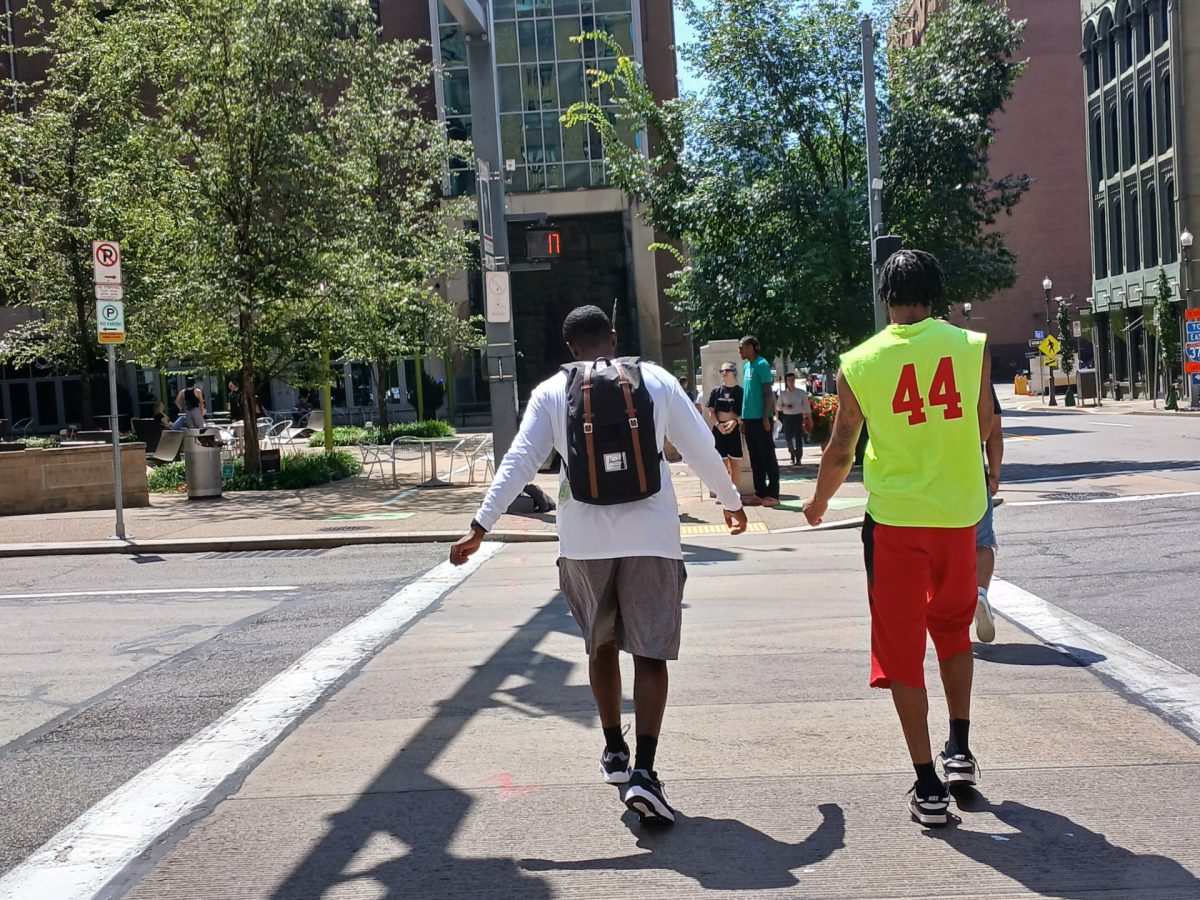Imagine this: you live in a neighborhood or town that has seen substantial growth over the past decade, with people moving into houses and apartments almost daily. The small businesses which have been around for many years are noticing a surge in customers, and those in the real estate industry see it too. Even though people want to live there, vacancies in houses and apartments dry up. Those that already live in this place have no plans of leaving, and suddenly there is a demand for new housing.
While this is happening, a grocery store that anchors the neighborhood or town closes. Plans arise to tear down the former grocery store and replace it with market-rate apartments – without a grocery store. This is unpopular within your community, so instead a new proposal includes a new grocery store on the ground level of these proposed apartments. After years of residents waiting, the proposal is denied because the apartments would cut further into the sky than allowed. Disappointment ensues.
If this hypothetical scenario sounds way too specific, that’s because it’s based on true events. In the Bloomfield neighborhood of Pittsburgh, a proposed apartment complex at the site of the current Community Market grocery store – which will always be “Shur Save” in my heart – would have spanned six stories. According to the Pittsburgh Zoning Board’s interactive map, the current zoning district definition states that buildings in Bloomfield cannot exceed a maximum height of three stories. Because of this, the project has stalled and likely will not continue. Opponents of the proposed six-story apartment complex believe it will gentrify Bloomfield, while proponents would have appreciated more housing and a more modern grocery store. After all, the current Community Market store has been largely unchanged since it was a Food Lion in the 1980s.
This is not the first time that housing problems in Pittsburgh have been covered in this section before. Sometimes it seems like an uphill battle, with the restrictions in some neighborhoods versus others differing drastically. For instance, height limits for structures in Downtown vary greatly. This is not only because of the limits in space. After all, space can really only be built upwards, but also because Downtown has its own chapter of the zoning code, unlike how residential neighborhoods do not have different zoning codes, rather they are only separated by commercial and single-family use. In the Historic Subdistrict of Downtown, buildings cannot exceed a maximum of nine stories, while elsewhere, they can range anywhere from 15 to 20 stories. Unlike in residential neighborhoods, there are several exceptions that can be made to this rule, especially in terms of additions being put onto buildings. We see this now with the proposed extension to the YWCA building, and currently the zoning board does not seem to take issue with it.
Listen, I understand that rules are made for a reason and that much thought goes into what gets approved by the Zoning Board and what does not. Some exceptions should not be made, such as building a massive residential apartment right in the middle of a park – which is, once again, a real scenario with a proposed development on the site of the Irish Centre in Frick Park. Even in Downtown, much thought goes into little details, like where neon signs should be placed so they can reflect onto the Allegheny River if possible, and that buildings in certain locations are not built to a height that would block out the sun from walkable areas. This is all understandable, and the care that is taken to make sure that rules are followed is admirable.
But when there is a difference between not building more overpriced apartments in a protected park versus building on top of a grocery store with a considerable amount of unused space, care should be taken to make sure that increased housing can still develop. Finding an apartment to live in that is somewhat close to campus sometimes seems impossible, especially considering most students do not have $1500 a month to burn on rent alone. We already know there is a housing crisis in Pittsburgh, so maybe it’s time to tweak restrictions in certain residential areas to make sure that students and other people have a place to live off campus.







